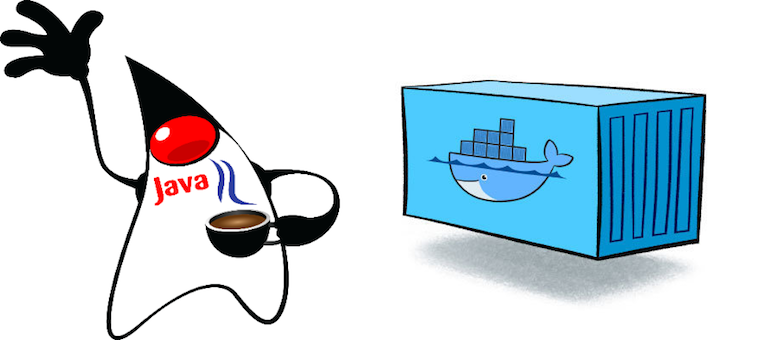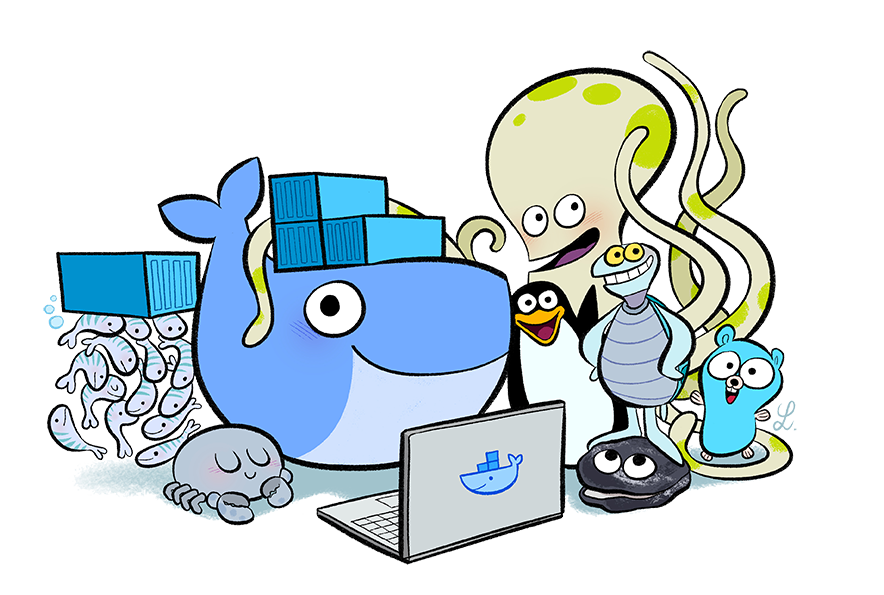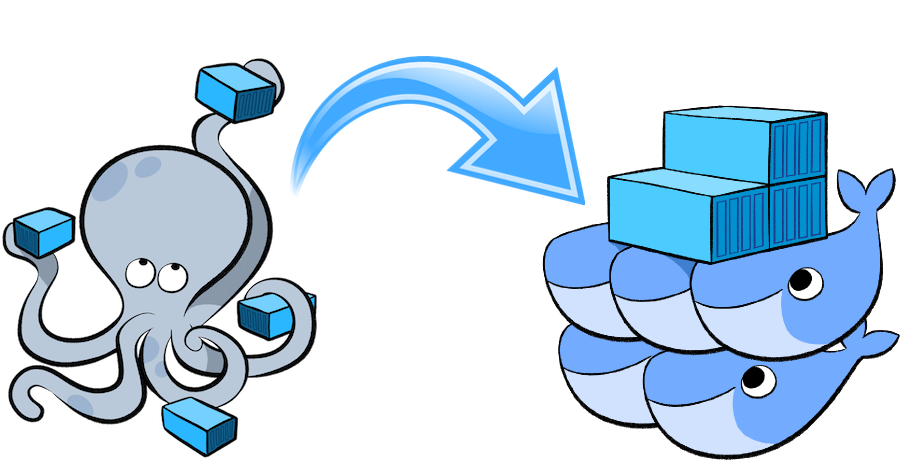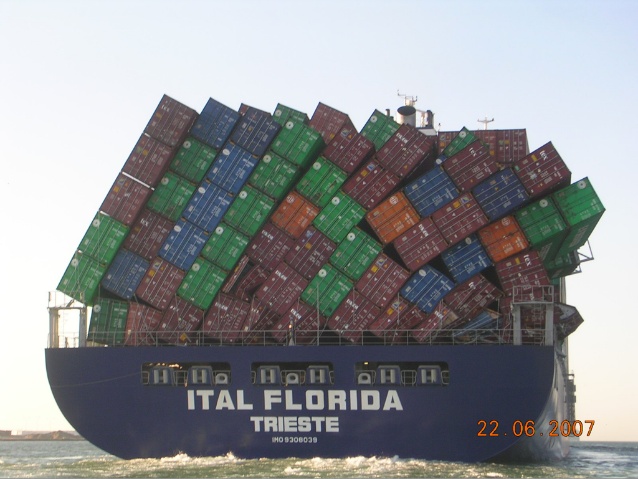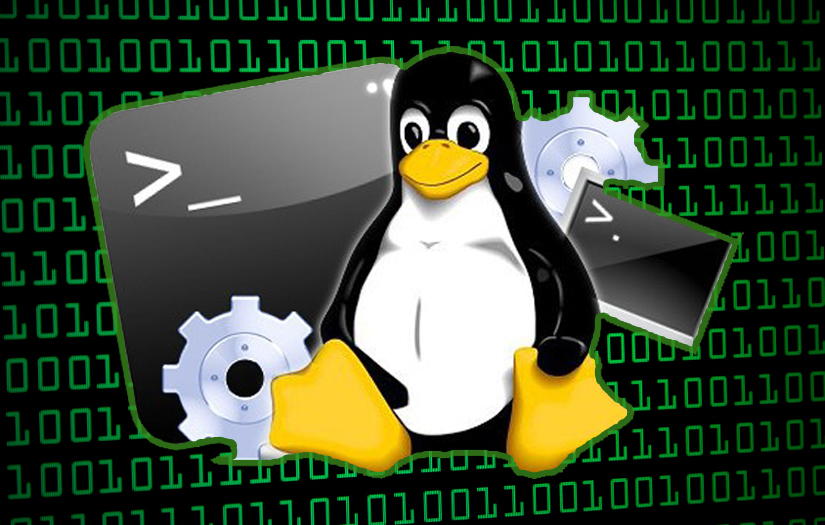
Throughout the lifecycle of your Kubernetes cluster, you may need to access a cluster worker node. This access could be for maintenance, configuration inspection, log collection, or other troubleshooting operations. More than that, it would be nice, if you could enable this access whenever it’s needed and disable when you finish your task.
SSH Approach
While it’s possible to configure Kubernetes nodes with SSH access, this also makes worker nodes more vulnerable. Using SSH requires a network connection between the engineer’s machine and the EC2 instance, something you may want to avoid. Some users set up a jump server (also called bastion host) as a typical pattern to minimize the attack surface from the Internet. But this approach still requires from you to manage access to the bastion servers and protect SSH keys. IMHO, managing supporting SSH infrastructure, is a high price to pay, especially if you just wanted to get a shell access to a worker node or to run some commands.



